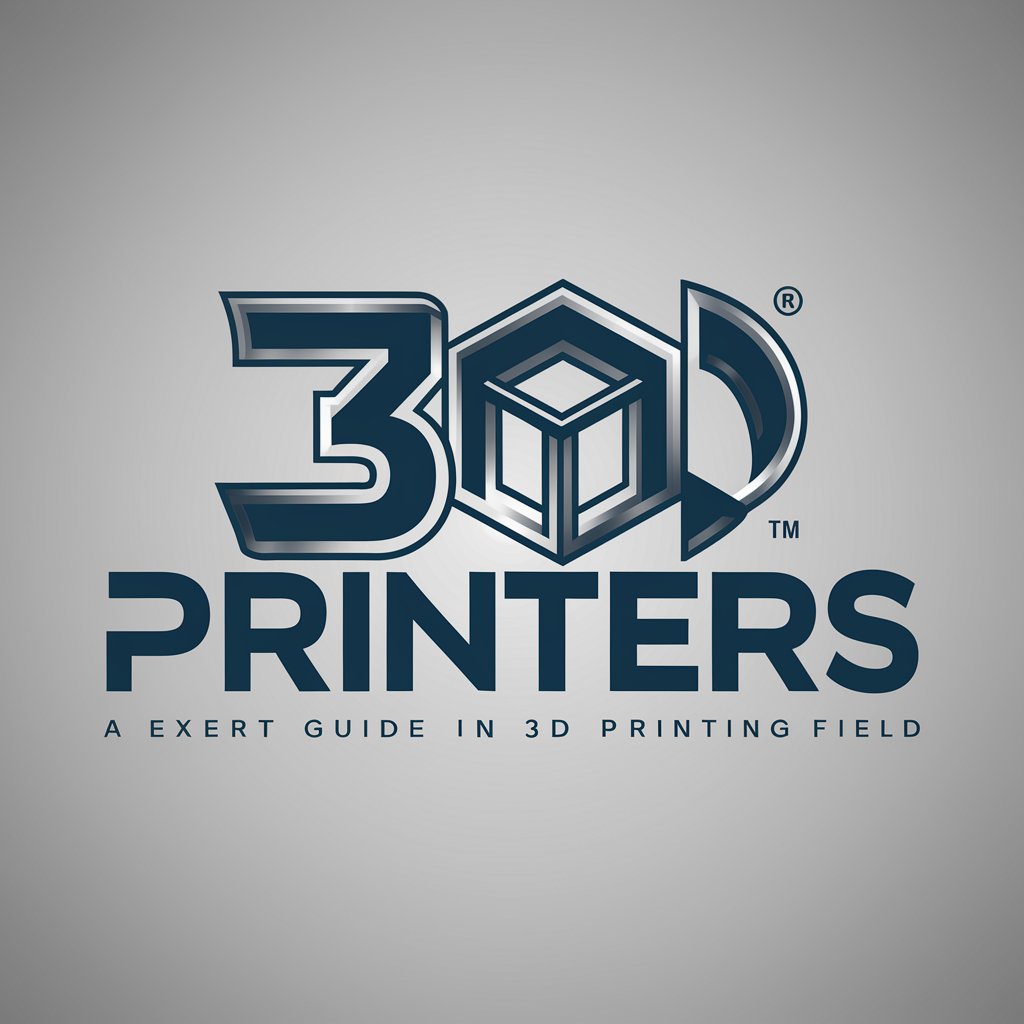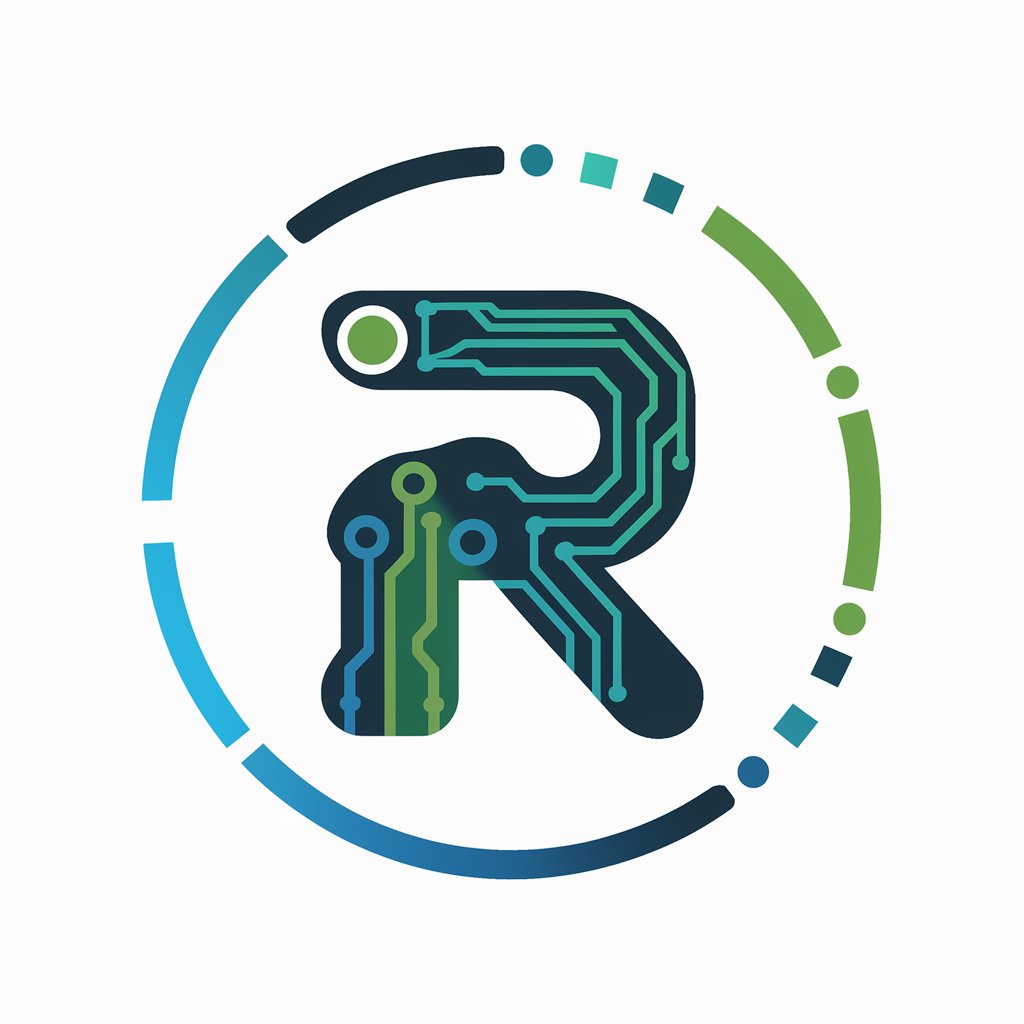3D Printers - 3D Printing Expertise

Welcome to 3D Printers, your expert guide in 3D printing.
Power your creativity with AI-driven 3D printing.
Can you explain the differences between PLA and ABS filaments?
What are the best practices for calibrating a 3D printer?
How can I optimize my 3D model for better print quality?
What are the common troubleshooting steps for print layer shifting?
Get Embed Code
Understanding 3D Printers
3D printers are transformative tools that create three-dimensional objects by successively layering material under computer control. These devices work by reading digital files, often in STL or OBJ format, and translating them into physical items. The design purpose behind 3D printers is to facilitate rapid prototyping, custom manufacturing, and complex design realization that traditional manufacturing methods may struggle with. For example, a 3D printer can produce intricate parts for aerospace engineering that are lightweight yet durable, or it can be used in the medical field to create patient-specific models for surgical planning. This technology empowers users to innovate across various sectors, including but not limited to, education, healthcare, automotive, and fashion. Powered by ChatGPT-4o。

Core Functions of 3D Printers
Rapid Prototyping
Example
Creating a scale model of a new product design
Scenario
A design team can quickly iterate on a product's physical prototype, making adjustments based on real-world testing before finalizing the design for mass production.
Custom Manufacturing
Example
Producing bespoke dental implants
Scenario
Dentists can use 3D printing to create implants tailored to the specific anatomy of a patient's jaw, improving comfort and compatibility.
Educational Tools
Example
Printing models for classroom teaching
Scenario
Teachers can bring complex concepts to life by printing 3D models of historical artifacts, biological specimens, or geometric shapes, enhancing students' learning experiences.
Art and Fashion
Example
Creating unique jewelry or clothing items
Scenario
Designers can experiment with avant-garde materials and structures to produce one-of-a-kind pieces that would be difficult or impossible to make using traditional techniques.
Repair and Replacement Parts
Example
Printing spare parts for machinery
Scenario
Maintenance teams can print replacement components on-demand, reducing the need for large inventories and enabling the repair of older equipment for which parts are no longer commercially available.
Target Users of 3D Printing Services
Innovators and Entrepreneurs
Individuals and startups looking to rapidly prototype ideas and bring new products to market efficiently can greatly benefit from 3D printing's flexibility and speed.
Educators and Students
The educational sector, including schools, universities, and professional training programs, utilizes 3D printing to provide hands-on learning experiences, making abstract concepts tangible.
Healthcare Professionals
Medical professionals use 3D printing for patient-specific surgical planning, prosthetics, and implants, offering personalized care and innovative treatments.
Hobbyists and Makers
DIY enthusiasts, hobbyists, and the maker community explore 3D printing to bring their creative projects to life, from custom gadgets to home decor.
Manufacturing and Engineering
Engineers and manufacturers leverage 3D printing for creating complex components, reducing production times, and optimizing material use in industrial applications.

Guidelines for Using 3D Printers
Start with a Trial
Begin by exploring 3D printing capabilities without commitment; visit a platform that offers a free trial, enabling you to experiment without needing a login or subscription.
Design or Choose Your Model
Select a 3D model to print. You can create your own design using CAD software or find pre-made models on 3D printing communities and libraries online.
Prepare the Printer
Ensure your 3D printer is properly calibrated and the printing bed is leveled. Load your selected material (filament, resin, etc.) according to the printer's specifications.
Slice the Model
Use slicing software to convert your 3D model into a format your printer can understand. Adjust print settings based on material and model complexity for optimal results.
Begin Printing
Transfer the sliced model to your 3D printer, either via USB, SD card, or Wi-Fi. Monitor the printing process for any issues and wait for your print to complete.
Try other advanced and practical GPTs
Riley
Empowering Your LinkedIn Presence with AI

Solicitor MegNeg
Empowering Your Legal Journey with AI

Asesor Urbano Sustentable
Empowering Sustainable Urban Futures

Brand You with Macon Designs
Empowering Your Brand with AI

Wikibåt
Unleashing Knowledge with AI-Powered Precision

ALPHA GPT
Empowering Intelligence, Enhancing Insights

💼👨⚖️ نظام مكافحة المخدرات ولائحته التنفيذية
Navigate Drug Laws with AI

Chatbot-ui - Threads Helper Bot
Navigate code with AI ease.

BidGPT
Craft Winning Bids with AI-Powered Expertise

Greeting Card Composer
Craft personalized messages with AI

Pitch: Enhanced E-commerce Product Descriptions
Revolutionize Your E-commerce with AI-Driven Descriptions

NudgeGPT
Empowering Marketing with AI and Science

Frequently Asked Questions about 3D Printers
What materials can I use with a 3D printer?
3D printers support a variety of materials, including PLA, ABS, PETG, TPU (flexible), and specialized filaments like wood-filled, metal-filled, and glow-in-the-dark. The choice of material depends on the printer type and the desired properties of the finished object.
How can I improve the quality of my 3D prints?
Improving print quality involves optimizing print settings such as layer height, printing speed, and temperature. Ensuring proper bed leveling and maintaining a clean nozzle can also significantly enhance print outcomes.
Can 3D printers make functional parts?
Yes, 3D printers are capable of producing functional parts for a wide range of applications, from prototype development to final product manufacturing. Material choice and print optimization are crucial for achieving the desired strength and functionality.
What is the significance of slicing in 3D printing?
Slicing is the process of converting a 3D model into a series of thin layers and generating a G-code file that instructs the printer how to create each layer. Slicing software allows users to customize print settings for optimal results.
Are there any safety concerns with 3D printing?
Safety concerns in 3D printing include exposure to high temperatures and potentially harmful fumes, especially when printing with materials like ABS. Using proper ventilation, adhering to manufacturer guidelines, and employing protective gear are recommended to mitigate risks.
